My UI/UX Design Bootcamp Experience as a UX Writer – the lessons, wins, and the way forward.
My UI/UX Design Bootcamp Experience as a UX Writer - the lessons, wins, and the way forward.
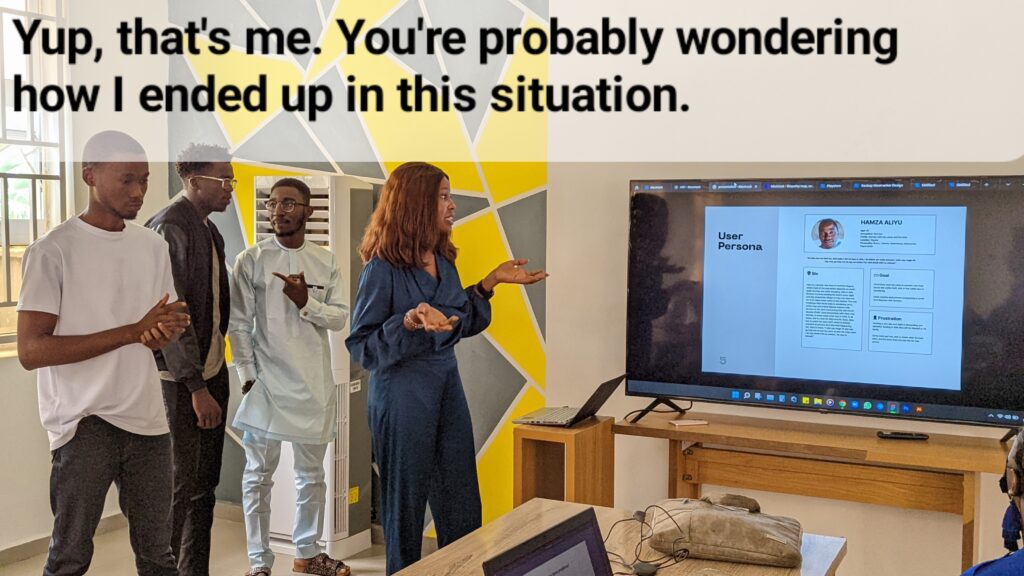
Let’s find out…
Hi, I’m Kat. I’m a UX Writer at Toptal with 3 years of experience working cross-functionally within product teams. I’m always keen on learning more about other business functions to put my best foot forward, and that’s what you see above.
Like most things in life, tech has a steep learning curve. And according to Albert Einstein,
“Once you stop learning, you start dying or, in this case, start slipping.”
Either way, to be an exceptional writer in tech, otherwise known as the T – shaped UX Writer, a multidisciplinary approach to learning is non-negotiable for you. And Amos, a fellow UX Writer, supports the notion.
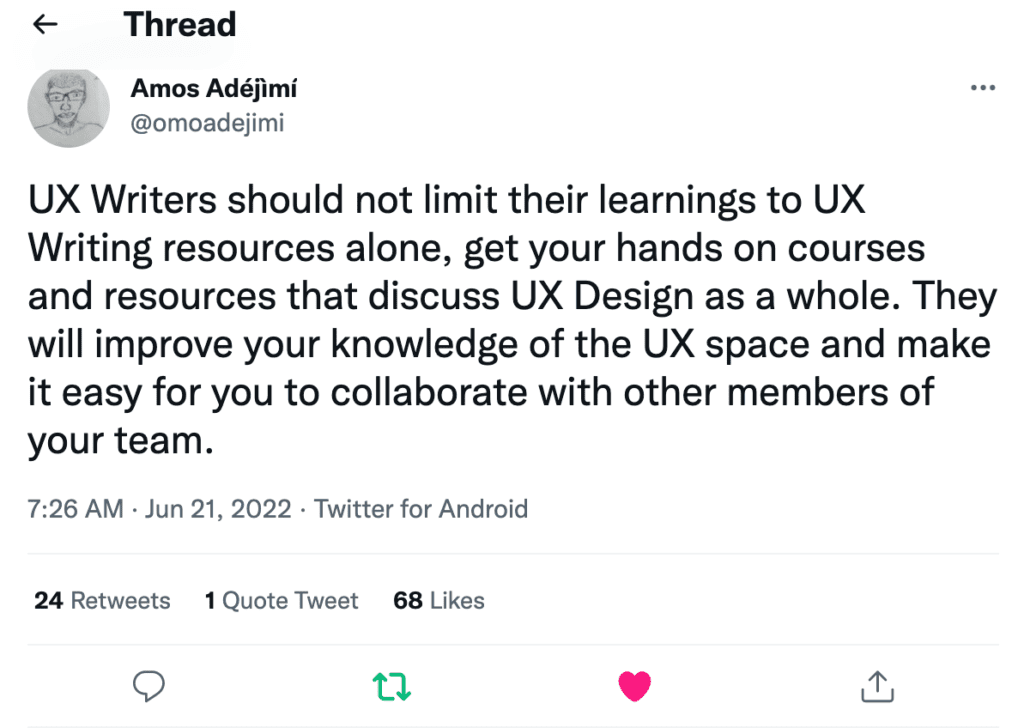
Here are some lessons from my Design Bootcamp Experience to help you navigate yours.
These lessons result from a design scholarship I won some months ago courtesy of Colab design school.
CoLab is an innovation hub and a collaborative community for startups, innovators, creatives, and entrepreneurs. If you’re looking to learn a tech skill or meet some of the brightest techies in Nigeria, you should pay a visit sometime.

The Lessons
1. A deeper understanding of UI/UX design will make you a better UX Writer.
Like with other disciplines, the deeper you learn, the more enlightened you become. The same is true for design. A better understanding of design principles will help you understand design processes and constraints so you can present written solutions that are more product-driven.
For example, coming from a marketing background, I used to rely only on marketing metrics when measuring the outcomes/impact of a project. But this is no longer the case since I learned how to balance UX outcomes and business needs using some UX frameworks I learned in my design class.
I shared a summary of learnings on my socials, as some UX Writers were interested in learning what it was like for a UX Writer to add UI/UX Design to their knowledge arsenal.
Check these summaries out on Linkedin or Twitter ( whichever you prefer ) if you want a more in-depth read.
As UX copy is to design, so is presenting your copy rationale to product teams; hence, a good understanding of design terminology is an excellent place to start. And what better way to do that than enrolling in a design course? This would further enhance your communication skills when presenting your copy rationale to other team members.
Remember, studies have shown that:
We get along with people who are similar to us.
2. A basic understanding of UI design will earn you trust.
Interface design, like UX copy, also plays an essential role in increasing conversion rates. Design components like images, visual hierarchy spaces, and typography significantly influence people’s responses to the text on the interface.
So, as a UX writer, taking a design course will help you understand these visual components better, with hands-on exercises on design tools like Figma.
Ultimately, you’ll be confident in receiving and implementing feedback within design tools, earning your fellow designers’ trust. So, you won’t have to keep requesting access to Figma files for the rest of your life.
And when you gain access, they’ll also be confident you won’t break anything to avoid scenarios like this.

3. Participating in a UI/UX design Bootcamp will make you a better collaborator.
Nine of ten UX Writing job vacancies list the “ability to collaborate” as part of their requirements. If you’re in doubt, see for yourself.
Check out these UX Writer Job Description Examples from Airbnb and Spotify as featured on working in content’s job board.
As a UX Writer, one team member you’re most likely to collaborate with daily is a UX Designer because of your shared goal; building a quality product. And developing a great relationship with designers makes the difference between a good product and a great one.
A question I get too many times, especially from entry-level UX Writers, is, Writing or Design, which should I learn first?
Like the ancient riddle, which came first, the chicken or the egg? There’s no one right answer to this question. Here are 3 ways to save yourself from this dilemma:
- Leverage lateral learning: Innovation is not linear, and so is product development. Instead, it requires constant communication, feedback, and iterations between multiple stakeholders and other facets of a business. With this comes the need to understand each function and how they operate. A simple but effective way to do this is by lateral learning/thinking.
According to Wikipedia:
- Lateral thinking/learning is a manner of solving problems using an indirect and creative approach via reasoning that is not immediately obvious. It involves ideas that may not be obtainable using only traditional step-by-step logic.
Assuming I’m looking to learn something new without necessarily enrolling in a course, I look for creative ways to demystify it. So it won’t be completely new or strange when I’m ready to dive deeper.
2. Have a learning goal:
In a cross-functional discipline like UX Writing, where collaboration with multiple functions is inevitable, the learning curve can seem like an unending one, and without a clear roadmap, you might end up in a rat race.
However, having a clear learning goal in mind would help you consume the right amount of content without information overload. For example, recall I had taken short design lessons online before the main Bootcamp, so I had a clear learning goal and what I hoped to achieve out of the Bootcamp.
3. Get a mentor:
A UX Writing Mentor is an experienced and trusted advisor who understands the nitty gritty of the field and can guide you with a proven and trusted road map.
Pro advice: When looking for a mentor, it’s essential to go for someone who has worked in almost all facets and functions of a business, from marketing to product, even editorials, whether in-house or freelance, this way, you’re sure to get robust advice from a well of experience.
The ADP list is an excellent place to start in your search for a UX Writing mentor. You can also contact me if you’re having trouble finding one.
The wins
After weeks of learning and some class exercises, it was time to present our project.
My team ( group 4 ) presenting our award-winning project – a cattle-tracking app.
Congratulations are in order…
Going forward…
Apart from the lessons and wins, a few other observations I made from 1:1 conversations and group discussions were:
- Some people do not understand the role of content design or where it fits in the entire design process.
- Some design enthusiasts were interested in exploring UX Writing but had no idea where to start.
- Some designers, especially those on smaller teams, would love to be equipped to write better UX copy themselves.
I’m super grateful for these lessons, wins, and observations. And I promise to pay it forward by collaborating with other tech professionals in the community to organize UX content meetups to equip techies with product writing skills better.
So, Content or Design, which should you prioritize in learning? That’s up to you, but one can not exist without the other, as they are both subsets of UX. One begins a project with an empty page and the other with a blank canvas, but both with a single interest; the end users.
The UX Writing field is a competitive one. And adding design to your knowledge arsenal is a great way to put your best foot forward.
Recent Comments
Search

I’m Katherine Igiezele
A UX writer and SEO copywriter. I create copy that helps products engage with users and search engines for conversions. Want copy that users and Google would love? Get in touch.
Get proven writing and freelancing tips – biweekly.
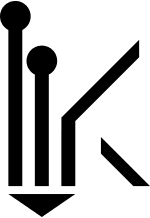
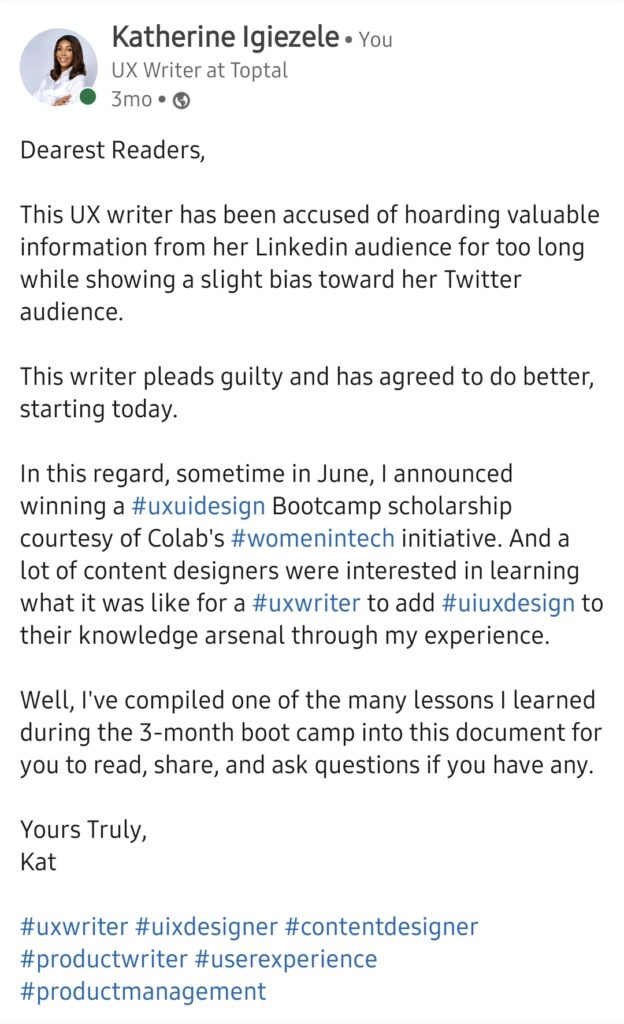
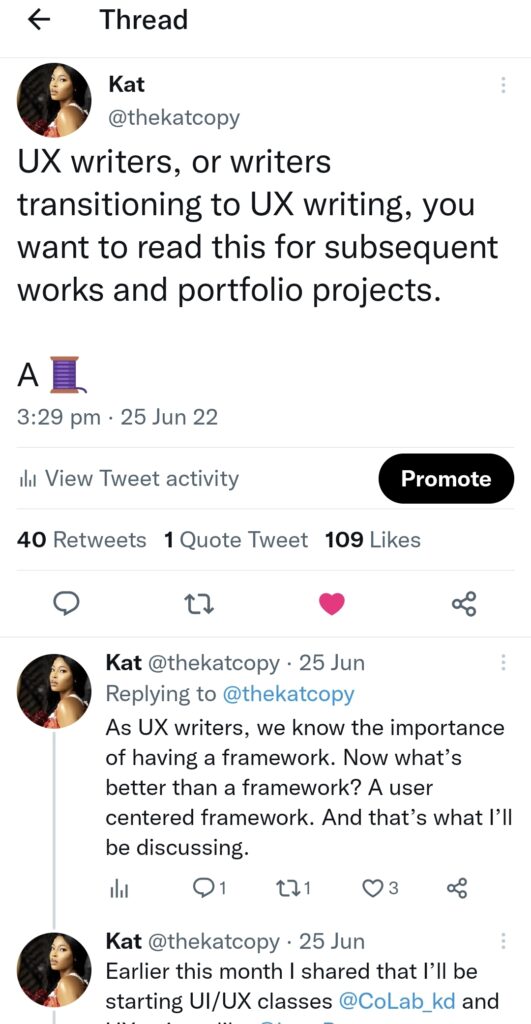
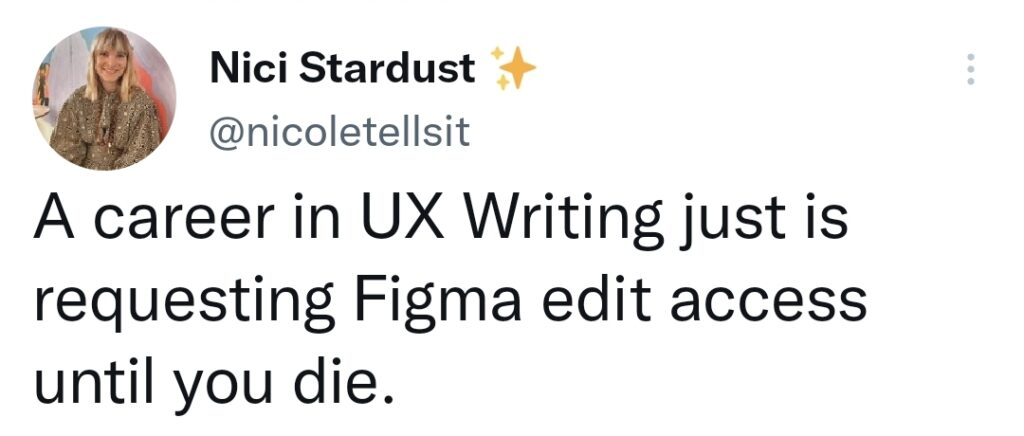
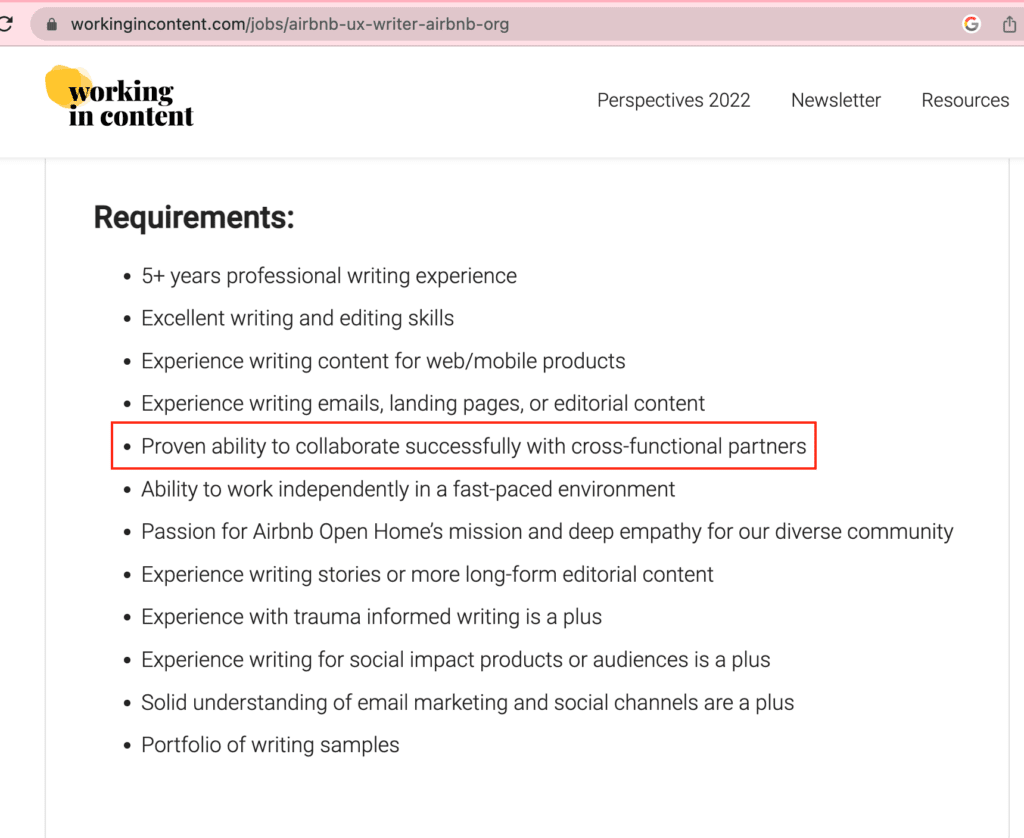
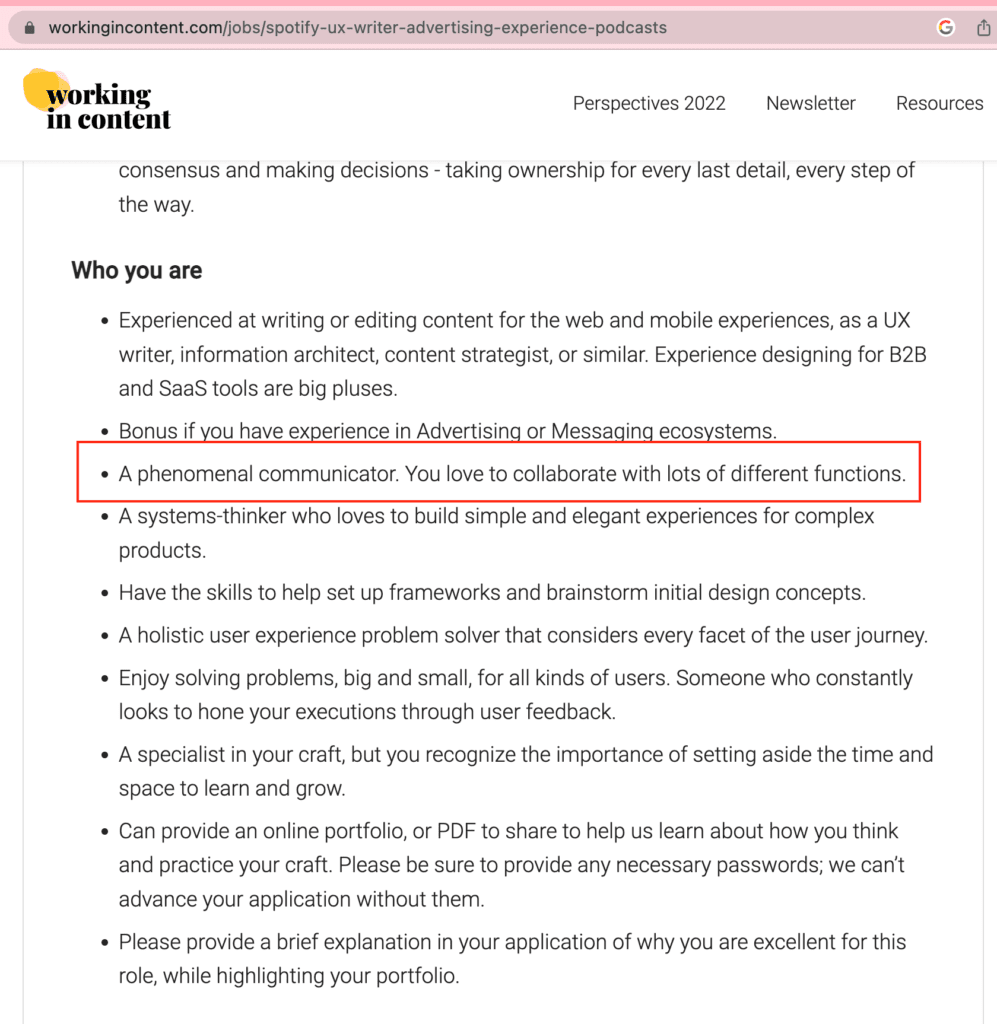
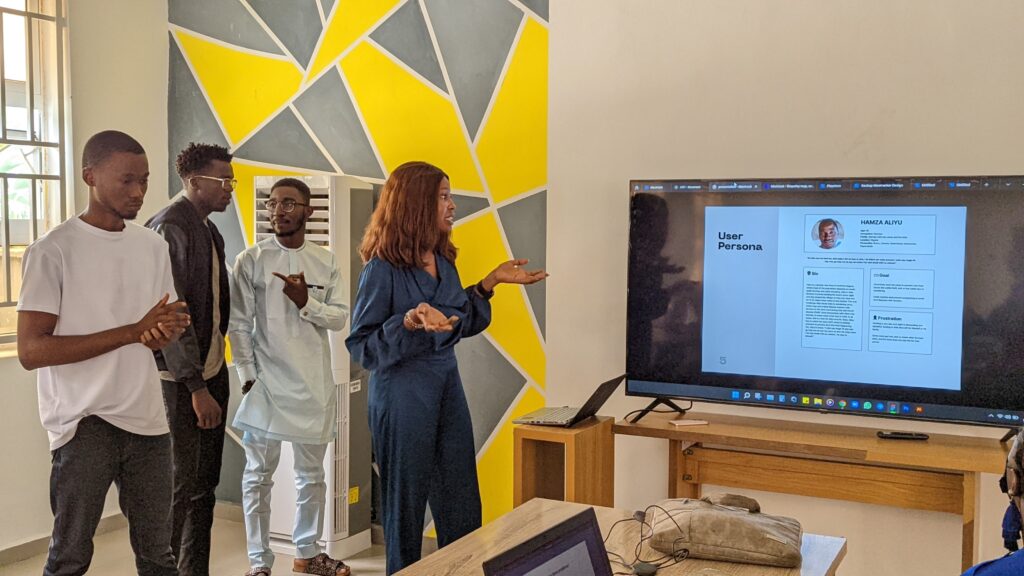
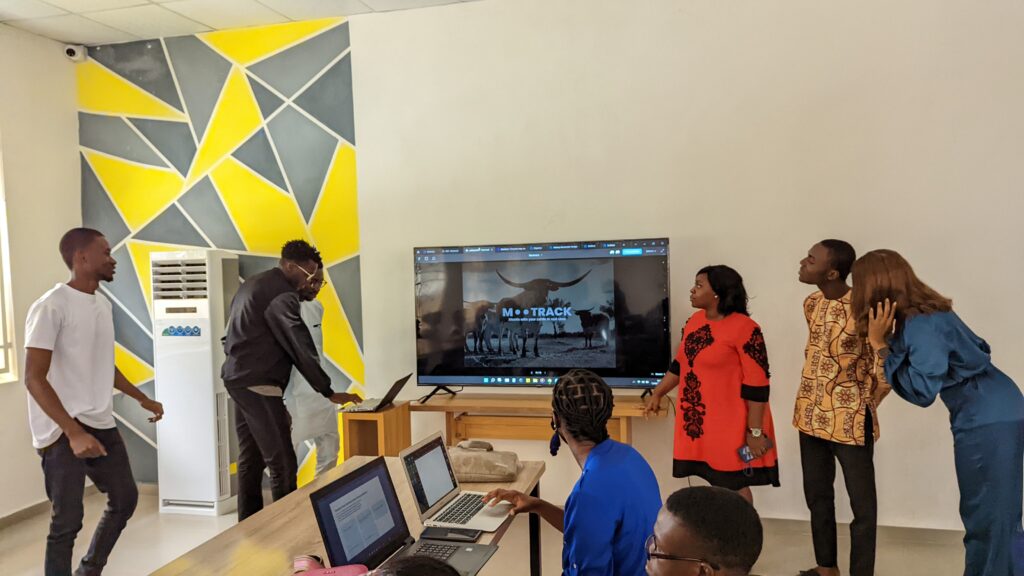
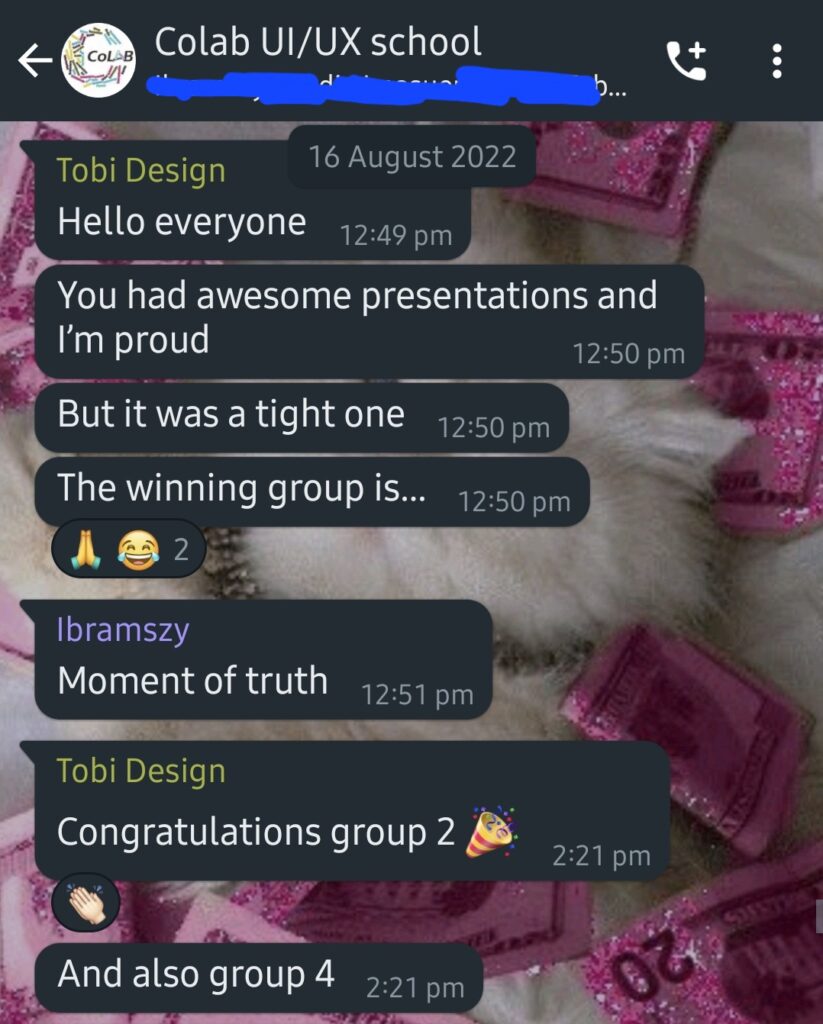

1 thought on “My UI/UX Design Bootcamp Experience as a UX Writer – the lessons, wins, and the way forward.”
This piece is truly well articulated and it is capable of bursting some tight and lost appetite to learn the more. Well done Katy! For UX writers and designers, hopefully you get a knack of this by contacting the roadmap to SUCCESS in UX community herself—Katy
Amazing article!!
Comments are closed.